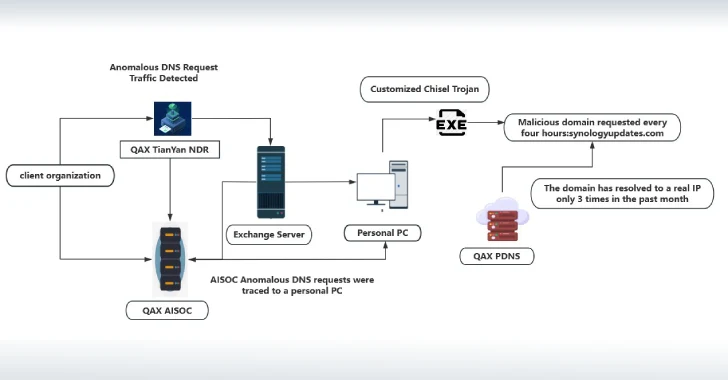Taiwan NSB Alerts Public on Data Risks from TikTok, Weibo, and RedNote Over China Ties
Taiwan’s National Security Bureau (NSB) has warned that China-developed applications like RedNote (aka Xiaohongshu), Weibo, TikTok, WeChat, and Baidu Cloud pose security risks due to excessive data collection and data transfer to China. The alert comes following an inspection of these apps carried out in coordination with the Ministry of Justice Investigation Bureau (MJIB) and…











